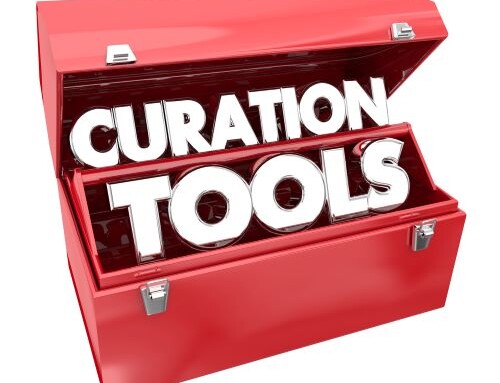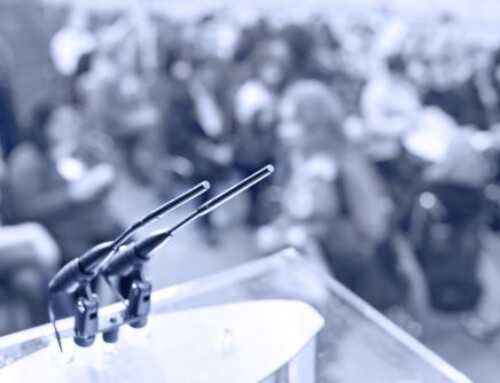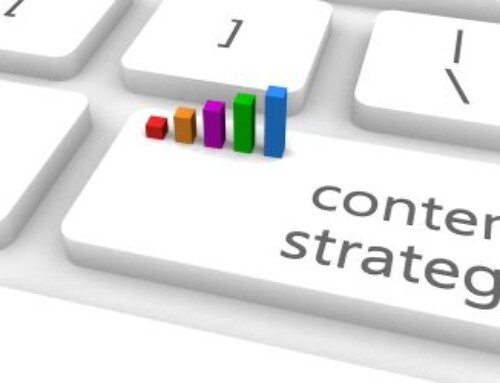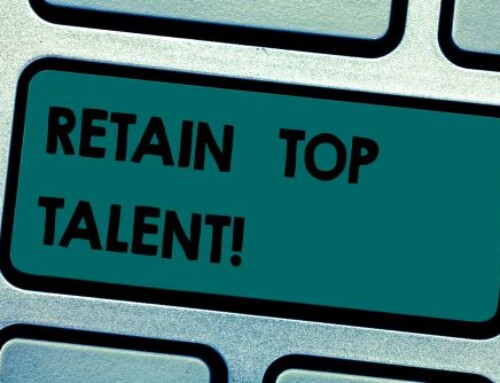By 2020, the World Economic Forum believes that creativity will be the third most important skill for employees, after complex problem solving and critical thinking. (1)
Each employee has the potential to help foster a culture that boosts and nurtures creativity. Organizations that encourage creativity are likely to reap the benefits of innovation through increased worker morale. Creativity is essential to keep pace with changing technologies, evolving priorities, and uncover new opportunities or tapping new markets. Even though many organizations are slow to adapt, top-performing organizations have discovered that creativity in the workplace contributes to productivity and employee longevity.
Compared to other sectors of the economy, creative workplaces experience higher job growth rates and lower employee churn rates. (2) Alternately, organizations risk losing new ideas and innovation if employees are not empowered to be creative in the workplace. Skills such as leadership, problem-solving, project management, marketing, sales, and production are essential skills that have value to all stakeholders.
Fortunately, there are a few easy strategies to encourage your team’s creativity. Here are four of the most effective methods for fostering a creative culture:
Open doors to brainstorming
Brainstorm meetings are the most important elements to boost creativity in the workplace. Employees don’t think out-of-the-box or provide various solutions because they fear rejection or failure, or they are unable to back solid ideas with valid data or compelling arguments.
Employees have to be open-minded and willing to hear that even if their idea doesn’t take wing or the concept fails in practical application, it’s still valuable to be innovative. Additionally, feedback is part of brainstorming; and in fact, it can take a great idea and make it even better! Teams need to be willing to communicate openly with suggestions, offer constructive criticism, and practical implications of cost, processes, people timelines for implementation, and so forth. Leaders should also provide an open-door policy or an incognito option for everyone who would like to voice their ideas privately. More importantly, leaders need to be prepared to have difficult conversations about systems, processes, or policies that aren’t effective, are outdated, ineffective, or hinder productivity and morale.
Make the journey worthy with a diverse team
Leaders are humans, after all, and often feel most comfortable with people who act and believe the way they do. But to boost creativity within the workplace, the mission for organizations should be to develop diverse and thoughtful teams that, together, foster creativity. This mission means that there should be cohesion and the ability for people to have civil discourse when needed, be highly productive and keep morale at optimum levels.
The key to finding this balance for leaders is selecting the right candidates and understanding how they communicate and how they challenge each other to excel and recognize achievements. Additionally, it will also involve ensuring that teams are agile and not highly resistant to change.
As people from a wide range of experiences, training, and knowledge interact, the results will be a cross-section of creative ideas that question preconceptions and form better ideas. They will bring diverse talents and innovation to their jobs.
Endorse the idea of a flexible workplace
Creativity in the workplace does not have to be limited to the office. Some workers work better when they aren’t restricted to completing tasks within a 9 to 5 schedule or while sitting within the confines of the same four walls.
A change of surroundings can sometimes help stimulate fresh thoughts. Employees who have the freedom and flexibility to work when, when, and how they choose can perform more creatively. People can be happier, more productive, more creative when they shift their surroundings and speed. Studies indicate that investing in employee experiences has a massive impact on employees and innovation.
- MIT reports that leaders who invest in employee experiences innovate twice as fast. (3)
- Harvard Business Review found that companies that invested heavily in employee experiences were listed in Fast Company’s Most Innovative company list 28 more times than others. (4)
Create space for better breaks
According to research, if leaders want to promote workplace creativity, organizations must schedule breaks for employees. (5) Incoming emails, protracted meetings, and chatty coworkers can all add to a lack of attention. Scheduling rest periods throughout the day to assist employees can restore focus, clarity, and innovation. A few ideas for quality breaks include:
- Take 5 minutes break. Get out of the chair or the office space. Walk up and down the stairs. Take a walk around the outside of the building. Or, simply stand up and do a few stretches from side to side.
- Find a source of great humor and laugh. Maybe it’s watching a workplace (and workplace-appropriate) comedian on YouTube or reading a daily joke. It can even be watching funny animals or looking for silly memes. Allow 5-10 minutes to shift from something serious to something hilarious for an instant brain release.
Creativity leads to successful business strategy and assists in growth. It requires an environment the nourishes the process of thinking. An organization must hold to those factors and boost creative thinkers for the best outcomes.
Discover more inspiring ideas for exciting experiences that boost morale and engage your people. Contact Gavel International for details.
_____________________________________
SOURCES:
- https://www.wework.com/ideas/professional-development/creativity-culture/creativity-for-teams
- https://clutch.co/hr/resources/future-of-work-how-workspaces-meet-worker-needs
- https://www.avanade.com/-/media/asset/thinking/mit-research.pdf
- https://hbr.org/2017/03/why-the-millions-we-spend-on-employee-engagement-buy-us-so-little
- https://www.forbes.com/sites/alankohll/2018/05/29/new-study-shows-correlation-between-employee-engagement-and-the-long-lost-lunch-break/?sh=1045bdaf4efc
This article was last updated on November 28, 2022
- 5 Ways to Build a Productive and Participatory Meeting Culture - March 31, 2025
- Build a Culture of Curiosity and Solutions-Driven Change - March 17, 2025
- Gavel International Celebrates GMID 2025 - March 14, 2025






